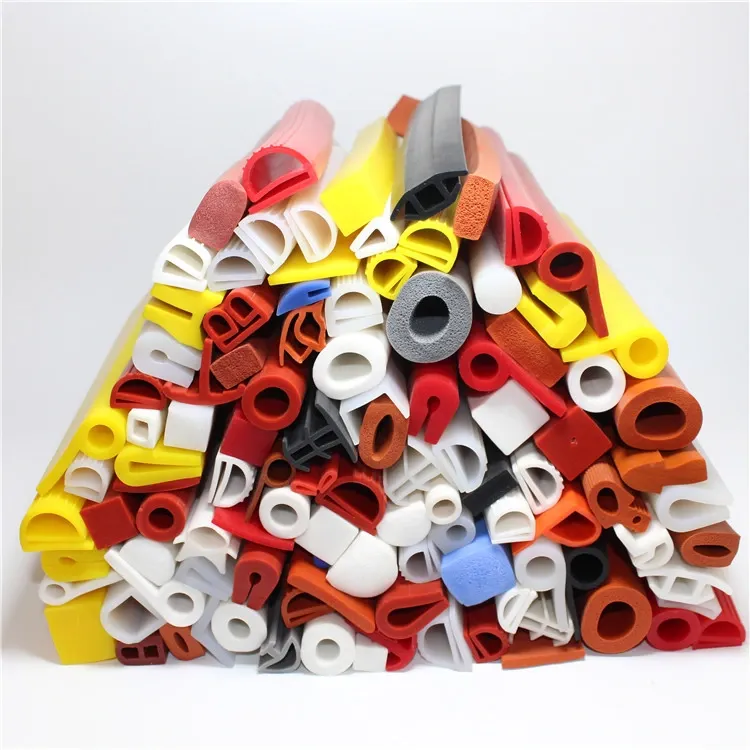Innovative Methods in Photovoltaic Panel Sealing Strip Installation Boost Efficiency
In a significant advancement for solar energy technology, new methods for installing sealing strips on photovoltaic panels have been introduced. These methods aim to enhance durability and efficiency, addressing common issues faced by solar panel installers and users. Automated machinery is now being leveraged by photovoltaic panel manufacturers for sealing strip application. This shift towards automation ensures precision and consistency, thereby reducing both installation time and labor costs. The integration of automated systems in sealing strip installation marks a transformative step in the renewable energy sector, highlighting the industry's commitment to operational efficiency and quality enhancement.
Further advancements have been made with the development of new adhesive materials. Researchers have engineered adhesives that boast improved bond strength and longevity, crucial for the robustness of solar panel installations. These adhesives are specifically designed to withstand extreme weather conditions, an essential characteristic for outdoor solar installations exposed to diverse and often harsh environmental factors. This proactive approach in material science not only ensures that seals remain intact over prolonged periods but also significantly reduces the frequency of maintenance and repairs, contributing to the overall reliability and performance of the photovoltaic panels.
Another pivotal development in the photovoltaic industry is the introduction of modular installation kits. These kits are designed for easy assembly and are user-friendly, featuring pre-cut sealing strips and comprehensive instructions. This innovation democratizes photovoltaic technology, allowing individuals with minimal technical expertise to install panels efficiently and effectively. Modular installation kits represent a crucial advancement as they simplify the installation process, making it more accessible to a broad audience. Solar energy expert Dr. Lisa Green commented, "The new methods we've seen emerging in the industry promise to resolve several persistent challenges. Enhanced sealing ensures that photovoltaic panels remain protected from environmental factors, thus maintaining their efficiency over longer periods." A case study from a large-scale solar farm in California illustrated the practical benefits of these innovations, reporting a 20% reduction in installation time and a significant decrease in maintenance issues related to sealing failures. These anecdotal successes underscore the potential of these new techniques to revolutionize the solar energy landscape, enhancing both efficiency and sustainability.
The photovoltaic panel industry is poised for significant advancements with these new installation methods. As solar technology continues to evolve, such innovations will play a critical role in making renewable energy more accessible and reliable. These advancements not only contribute to the efficiency and longevity of photovoltaic panels but also support the broader goal of sustainable energy solutions. The industry's proactive approach in addressing installation challenges through automation, advanced adhesives, and modular systems exemplifies a commitment to continuous improvement and environmental stewardship. For more information on the latest trends in photovoltaic technology and to access installation guides, industry stakeholders and interested individuals are encouraged to visit specialized websites or contact experts in the field. As the renewable energy sector progresses, ongoing innovations and enhancements will undoubtedly reinforce the role of solar power as a cornerstone of global energy strategies.
Acțiune
-
Lithium Battery Welding Machine | High-Precision, Fast, SafeȘtiriNov.17,2025
-
Aluminium Guide Roller | Anodized, Lightweight, Low-NoiseȘtiriNov.17,2025
-
Tofu Cat Litter Bulk – Eco, Low-Dust, Fast Clumping SupplyȘtiriNov.17,2025
-
Equipment for Lithium Cell Assembly | Automated & PreciseȘtiriNov.10,2025
-
Square File Tool – Precision Cut, Hardened Steel, VersatileȘtiriNov.10,2025
-
Lithium Ion Battery Assembly Machine | Automated, High-SpeedȘtiriNov.10,2025








